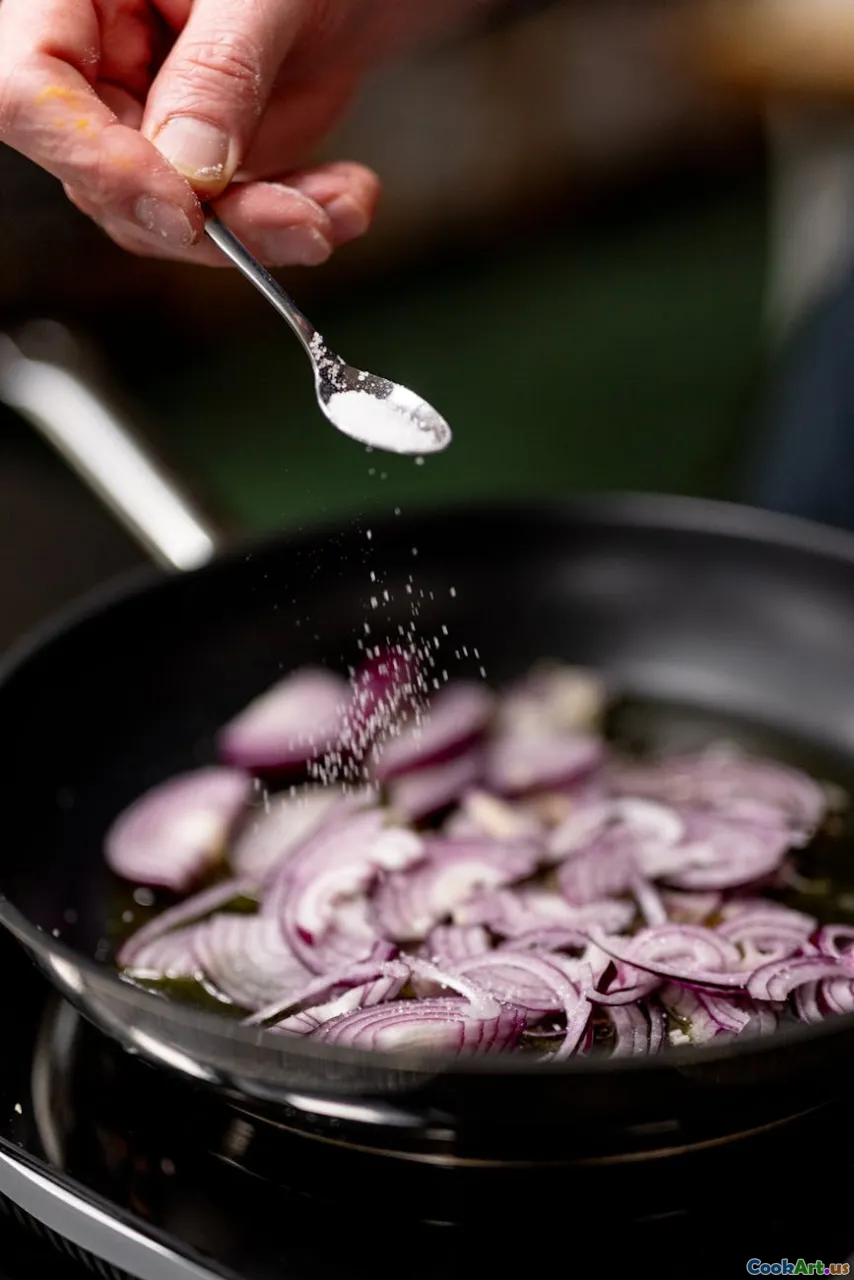Innovative Ways to Use Salt in Cooking
6 min read Explore creative and surprising ways to incorporate salt into your cooking for enhanced flavors and unique dishes. April 12, 2025 03:00
Innovative Ways to Use Salt in Cooking
Salt, often referred to as the universal flavor enhancer, plays a pivotal role in the culinary world. While its primary function is to season food, innovative chefs and home cooks alike are discovering creative and unexpected uses for salt that can elevate dishes in extraordinary ways. In this article, we will explore various innovative methods of incorporating salt into your cooking repertoire, showcasing its versatility and essential role in flavor development.
1. The Art of Salting
Salting isn’t just about sprinkling a pinch on your dish. It's an art that requires understanding how salt interacts with different ingredients. By salting your food at various stages of cooking, you can achieve a deeper flavor profile. For instance, salting vegetables before roasting draws out moisture, allowing them to caramelize beautifully. Similarly, salting meats in advance helps to break down proteins, ensuring tenderness and enhancing flavor.
2. Salty-Sweet Pairings
The balance of salty and sweet is a culinary trend that has gained momentum in recent years. Try adding a sprinkle of flaky sea salt on top of chocolate desserts, such as brownies or chocolate mousse, to intensify the sweetness and create a delightful contrast. Additionally, pairing salt with fruits, like watermelon or strawberries, can elevate their sweetness and enhance their natural flavors.
3. Salt as a Cooking Method
Salt crust cooking is a method that involves encasing food in a layer of salt before baking it. This technique creates a steam chamber that locks in moisture, making the food tender and flavorful. Fish, poultry, and even vegetables can be prepared this way. To try it, mix coarse salt with egg whites to form a paste, coat your protein or vegetable, and bake. The result is an ultra-tender dish with a delicate flavor.
4. Salting for Preservation
Historically, salt has been used as a preservative, and this technique has made a resurgence in modern kitchens. Fermenting vegetables with salt not only preserves them but also enhances their flavors. Try making your own pickles or kimchi using a salt brine. The process promotes the growth of beneficial bacteria, resulting in delicious, tangy flavors that can be enjoyed for months.
5. Infusing Flavors with Salt
Salt can take on various flavors, making it a fascinating ingredient to experiment with. Infusing salt with herbs, spices, or even citrus zest can create unique flavor profiles that enhance your dishes. Mix sea salt with rosemary or garlic to create an herb-infused salt perfect for seasoning meats or vegetables. Alternatively, try citrus-infused salt for a bright, zesty kick to your seafood dishes.
6. Salt in Baking
When it comes to baking, salt is an essential ingredient that contributes to the overall flavor and texture of baked goods. Beyond the basic role of enhancing flavors, salt can also strengthen gluten in bread dough, leading to a better rise and chewiness. Experiment with different types of salt, like Himalayan pink salt or Maldon sea salt, to add a unique flavor to your baked treats.
7. Salt in Beverages
Salt isn’t just for solid foods; it can also enhance beverages. A pinch of salt can elevate the flavor of cocktails, making the sweetness more pronounced. This technique is particularly effective in drinks that contain citrus, as the salt balances the acidity. Consider adding a sprinkle of salt to your margarita or even your homemade lemonade for an exciting twist.
8. Salt as a Finishing Touch
Using salt as a finishing touch can transform a dish from ordinary to extraordinary. Flaky sea salt or finishing salts like fleur de sel can add a delightful crunch and burst of flavor. Sprinkle them on roasted vegetables, grilled meats, or even popcorn to create an appealing texture and enhance the overall taste.
Conclusion
Salt is much more than a simple seasoning; it is a powerful ingredient that can enhance flavors, preserve food, and even change the texture of dishes. By exploring innovative ways to use salt in your cooking, you can unlock a world of culinary possibilities. Embrace the versatility of salt, and allow it to inspire your next culinary creation!









